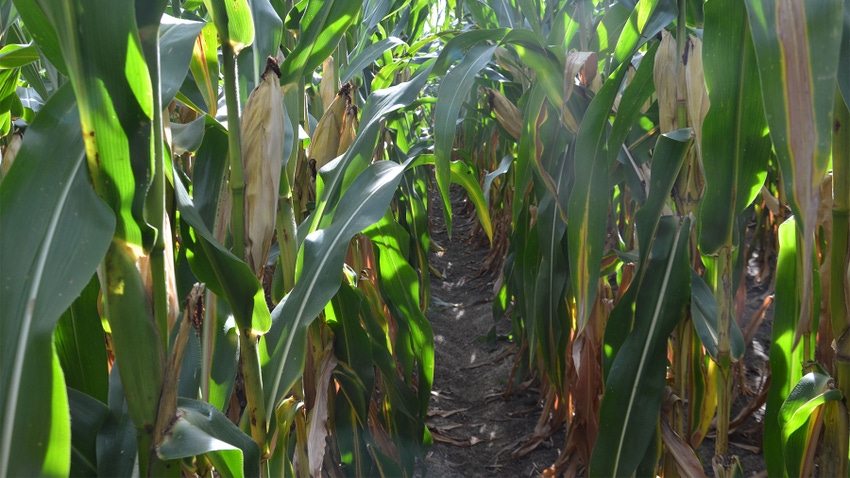
What characteristics do you pay the most attention to when you compare hybrids either in your own test plot or in a company’s test plot at a field day? What characteristics do you think plant breeders look for and take notes on? Are relative ear height and uniformity of ear height on your list? Do you believe they would be on the checklist for most plant breeders?
“Plant breeders pay attention to ear height, period,” says Dave Nanda, a plant breeder by trade and director of genetics for Seed Genetics Direct. “It is important for several reasons, including being able to harvest efficiently.
“There are many things plant breeders evaluate besides yield potential. Yes, a new hybrid under consideration for a company’s lineup must usually have better yield potential than a hybrid it might replace, or there is no reason to advance it. But it must also have a strong package of disease resistance, plus many other sound agronomic characteristics. Acceptable ear height and uniformity of ear height fall into the category of acceptable agronomic characteristics.”
Why ear height matters
Here are key reasons why plant breeders pay attention to ear height:
Uniformity. The old saying “like peas in a pod” still rings true for many things today, Nanda says.
“Ideally, when corn is mature in the fall, ears are hanging down, and if you look down a row, every ear is at about the same height,” he says. “When there is difference in ear height plant to plant, say 6 inches to a foot difference, it can become harder to set the header to harvest efficiently. Everything tends to work better in any system when things are uniform. In this case, that includes ear height.”
Too high. What constitutes too high an ear placement may be in the eye of the beholder, but when ears get 5 to 6 feet or more off the ground, it becomes difficult to justify why ear placement should be so high, Nanda says.
“When ear placement is very high, depending on stalk strength, stalks could be more vulnerable to storm damage, particularly near harvest,” he explains. “If you had a choice, all else being equal, and you are a plant breeder, you would probably prefer ears placed somewhat lower on the stalk. The overall trend today is toward shorter corn plants compared to decades ago. If plants are shorter, ear placement should probably be somewhat lower.”
Too low. On the flip side, you want ears to be high enough off the ground to be harvested easily with a modern corn head, Nanda says. With many companies either introducing or seriously considering offering shorter corn hybrids, ear placement will likely become lower.
“One factor plant breeders working with short corn must keep in mind is where ears will be placed on stalks,” Nanda emphasizes. “They need to make sure ears are high enough off the ground to be practical.”
About the Author(s)
You May Also Like




